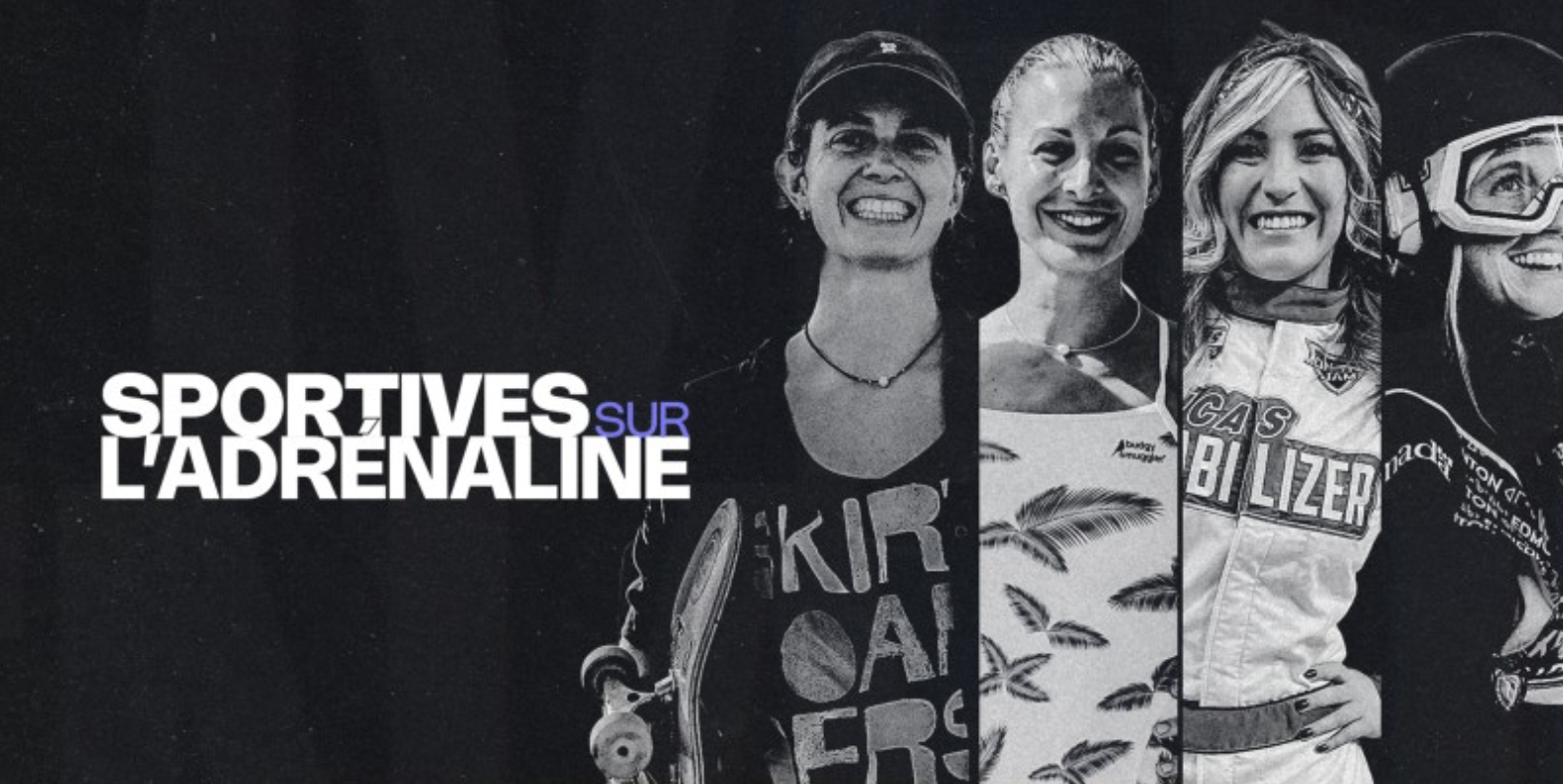Yes, there has been an increase in women’s participation in sports on the international scene, but progress regarding women’s leadership remains slow. Within sports organizations, women are significantly underrepresented in positions of power—whether on boards of directors, in decision-making roles (executive management), or in authoritative positions (officials and coaches). Over the years, we’ve seen the numbers increase very slowly—or even decrease. 😲 Not to mention that the women who do obtain these positions often remain at lower levels of competition, unable to climb to elite-level roles.

Guylaine Demer, a specialist in women’s sports, points this out in the documentary Sportives sur l’Adrénaline: “I have played many active roles in the sports system throughout my career, and I was shocked to see just how deeply sexism is present and normalized.”
Why aren’t more women in these positions? How would increasing female leadership contribute to a more inclusive sports environment? And what needs to happen to make it so? Here are some answers.
SMASHING A FALSE BELIEF
One of the arguments often used to justify the lack of women in leadership roles is that they simply aren’t interested in positions of authority and power. This completely unfounded idea stems from deeply rooted stereotypes (as usual!). In reality, many women want these roles but face systemic obstacles that block their access and advancement.
Voir cette publication sur Instagram
From the start of their careers, they are faced with limited access to essential resources: fewer mentorship opportunities, smaller professional networks, and lower salaries than men for the same roles. They experience intimidation and exclusion from colleagues and must work much harder to earn the respect and credibility that male counterparts receive by default. It’s not a lack of interest—it’s discouragement in the face of a reality that hasn’t changed over the years.
SYSTEMIC DISCRIMINATION: WOMEN’S TALENT IS CONSTANTLY QUESTIONED
Even when women do reach leadership roles in sports, they constantly face doubts about their competence. This is where systemic discrimination comes into play. Unlike men, whose authority is generally accepted without question, women are more subject to criticism and skepticism—whether from colleagues, institutions, or the public.
Take the case of female referees, for instance. Women officiating in competitions often face sexist behavior, disrespectful remarks, and doubt about their authority. Yet they are trained just like their male counterparts, and their decisions are equally valid. According to Danford’s study (2019), many female referees report seeing younger and less competent male officials promoted more quickly than they are.
Faced with such challenges, many women end up leaving these roles—not due to lack of motivation, but because the environment does not allow them to thrive. This creates a vicious cycle where female underrepresentation persists due to a lack of role models and support. For example, according to data from the Claire-Bonenfant Chair (2019), the proportion of female officials dropped between 2004–2005 and 2017–2018: from 42% to 36% provincially, 37% to 28% nationally, and 34% to 29% globally.
Important! Discrimination doesn’t only come from men! Women themselves often believe that men do a better job in sports leadership. Having internalized the belief that women are less competent in sports, it seems logical to assume they won’t perform as well in leadership roles.
Voir cette publication sur Instagram
Female athletes at elite levels often prefer male coaches—wrongly assuming they’re better. This is simply because they’ve never seen top-level athletes coached by women in their discipline. One of our young athletes realized this during an interview and said: “I’m sexist myself!” We all do it without realizing it. That’s exactly why we need to talk about it!

